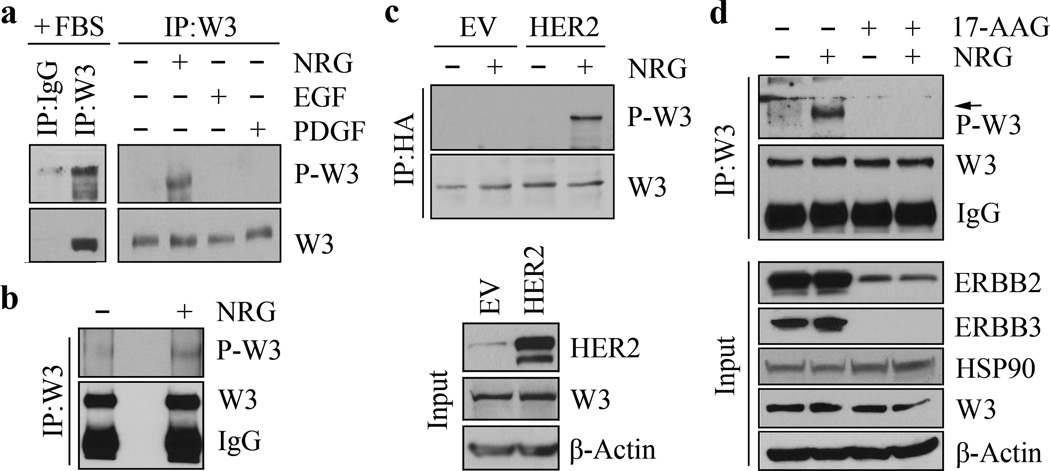Figure 1. NRG induces WASF3 phospho-activation through HER2 signaling in breast cancer cells.
In the presence of serum, WASF3 (W3) is phospho-activated (a, left). Starved SKBR3 cells do not show WASF3 activation but when these cells are treated with NRG, phospho-activation of WASF3 is induced (a, right). Neither EGF nor PDGF can activate WASF3 in these cells (a, right). IP of WASF3 from NRG-treated BT474 breast cancer cells also shows activated WASF3 in the immunocomplex (b). Overexpression of HER2 in starved MCF7 cells expressing an HA-tagged WASF3 gene shows increased activation of WASF3 in response to NRG treatment compared with cells expressing the empty vector (EV) alone (c). Treatment of SKBR3 cells with 17-AAG leads to loss of WASF3 activation even in the presence of NRG through significantly suppressing HER2 and HER3 levels (d).

